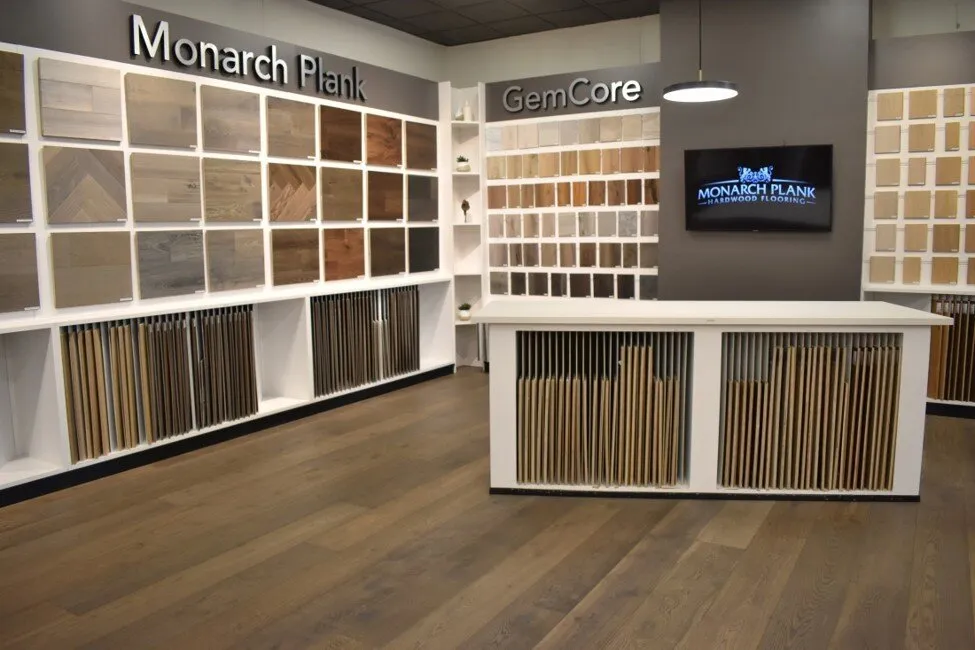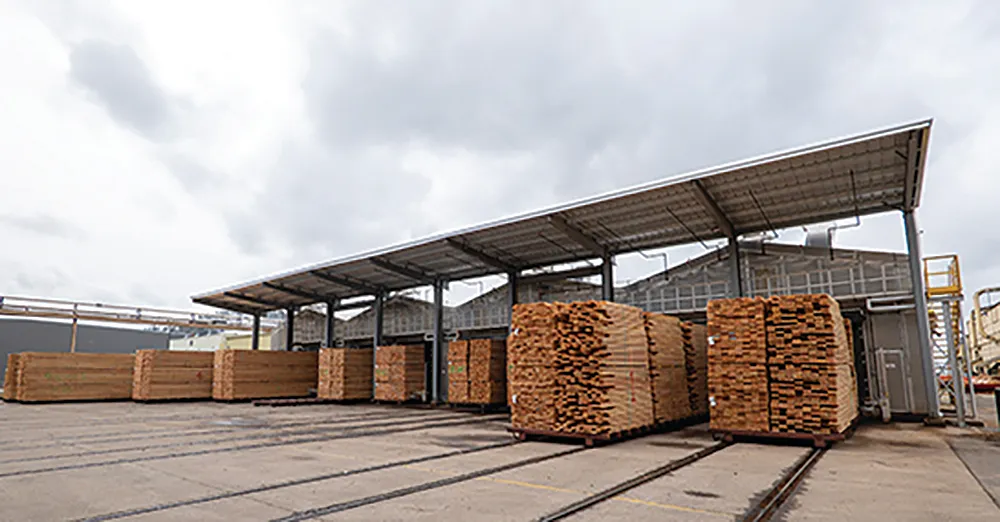Table of Contents
Wood deck tiles have become a popular option in lieu of standard long length deck boards, especially in close-to-ground applications.
Most manufacturers of deck boards do not recommend installation without at least 16” of clearance for ventilation and air flow. Standard long length deck boards are generally provided in 8’ through 20’ lengths as compared to deck tiles, which are typically 24” x 24” or smaller. Critical installation factors could encourage the use of interlocking wood deck tiles in place of regular deck boards.
The most common problem is that many applications require a hardwood deck built very close to the ground or built on a flat surface such as a roof top or deck with a dry space underneath. In this situation, wood decking material has little space to breathe, since ventilation is severely limited. If the installer chose to use 1×6 or 5/4×6 nominal boards, the end result will usually be cupped and warped boards. The reason this occurs has nothing to do with the quality of the wood itself and everything to do with the moisture differential created by inadequate ventilation between the tops and bottoms of the deck boards.
Narrow vs. Wide Boards
Whether to use narrow or wide boards is the most critical decision when planning to install a wood deck with minimal ventilation below the boards. Most decking suppliers of exotic tropical hardwoods such as ipe, cumaru, batu and mahogany will recommend a minimum of 36” of space below the deck boards as well as adequate openings (50% minimum) around the perimeter of the deck when installing 1×6 and 5/4×6 so that the entire structure can breathe. If moisture is not adequately removed from the underside of the boards, cupping and distortion will always occur.
If the install is closer to the ground than 36” or for installations over flat surfaces such as rooftops, we always recommend using 1×4 or 5/4×4 nominal deck boards. And yet, we still require at least 12” of ventilation space below the deck boards for our warranty and guarantee to be effective. This 12” space minimum works fine for most decks built over a concrete pad but it doesn’t work in all situations and will rarely work on a rooftop deck or if you happen to be building a deck on a flat surface with a dry space below.
Nominal 1×4 or 5/4×4 should always be used when building a deck between 12” and 36” off the ground.
Why Tiles Might Be the Best Choice
Wood decking tiles are generally manufactured not out of 4” or 6” nominal boards, but out of 3” nominal boards—1×3’s with a typical net width of only 2-1/2”! Of course they are more stable when exposed to uneven moisture between the top and bottom! Wood deck tiles generally have these individual 1×3 nominal boards spaced with about 1/4” between boards. This allows for normal swelling and shrinkage over the seasons without letting the boards swell to the point of cutting off air flow and ventilation from top to bottom.
Interlocking deck tiles are also very easy to remove if necessary because they generally snap together with plastic connectors at the corners. Most deck tiles will have an index hole drilled in each corner to allow for securely tightening the tile to the plastic connectors. The connectors themselves allow for a reasonable gap of 3/16” to 1/4” between tiles.
Finishing Touches
We strongly recommend that all wood deck tiles—as well as wood deck boards—be finished with a high quality penetrating oil finish on both sides before installation. Finishing the underside has nothing to do with beauty and everything to do with inhibiting the flow of moisture into and out of the wood from the under side. Oil-based finishes are generally superior to water-based finishes. When it comes to oil-based finishes, tung oil finishes are superior to linseed oil or vegetable oil finishes, because tung oil dries harder and more flexible and won’t evaporate over time. If you use a water-based product, be sure it has nanotechnology sealing properties.
An extreme approach, but one we have recommended, is to wax the bottom side of the deck tiles before installation. Some end seal products, such as Anchor Seal by UC Coatings, are waxes that should not evaporate over time and will give the bottom side of the deck tiles permanent protection from moisture penetration. Some contractors who install 1×4 or 5/4×4 deck boards in very close to ground applications with under 12” of ventilation will wax the bottom sides of their boards prior to installation. This practice maximizes the long term life of deck boards in these close-to-ground applications.
Will water rot your wood deck tiles or boards? That depends. If a naturally durable hardwood such as ipe, cumaru or batu is used, then no, water won’t rot your boards. However, this doesn’t apply to meranti, cambara, cedar, redwood, pine or any other wood that doesn’t come with at least a 25-year warranty against rot and decay.









